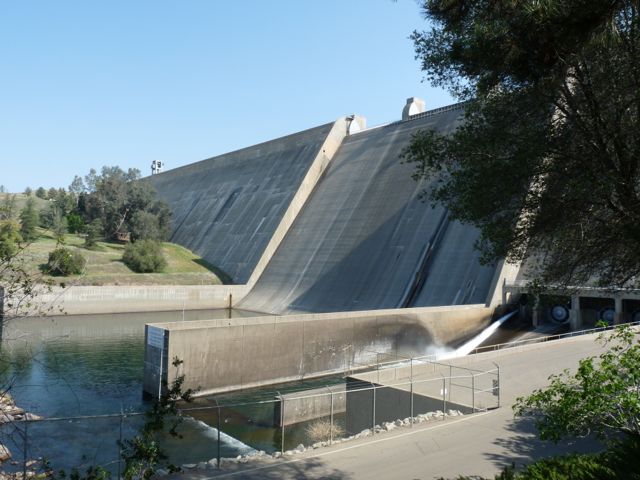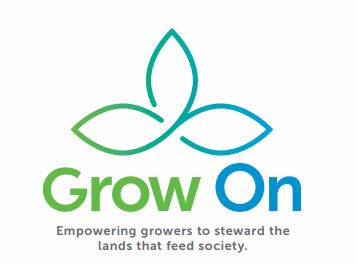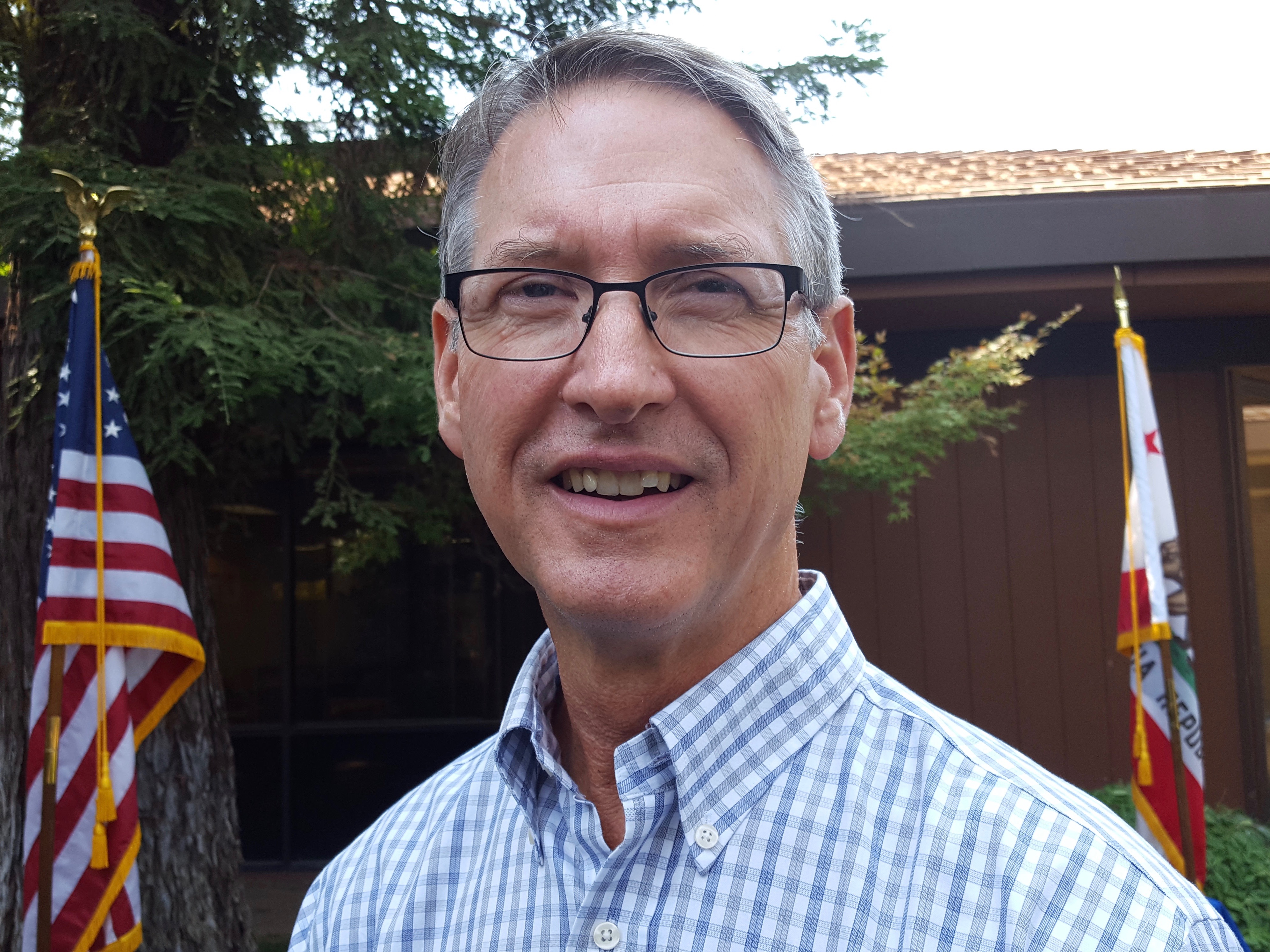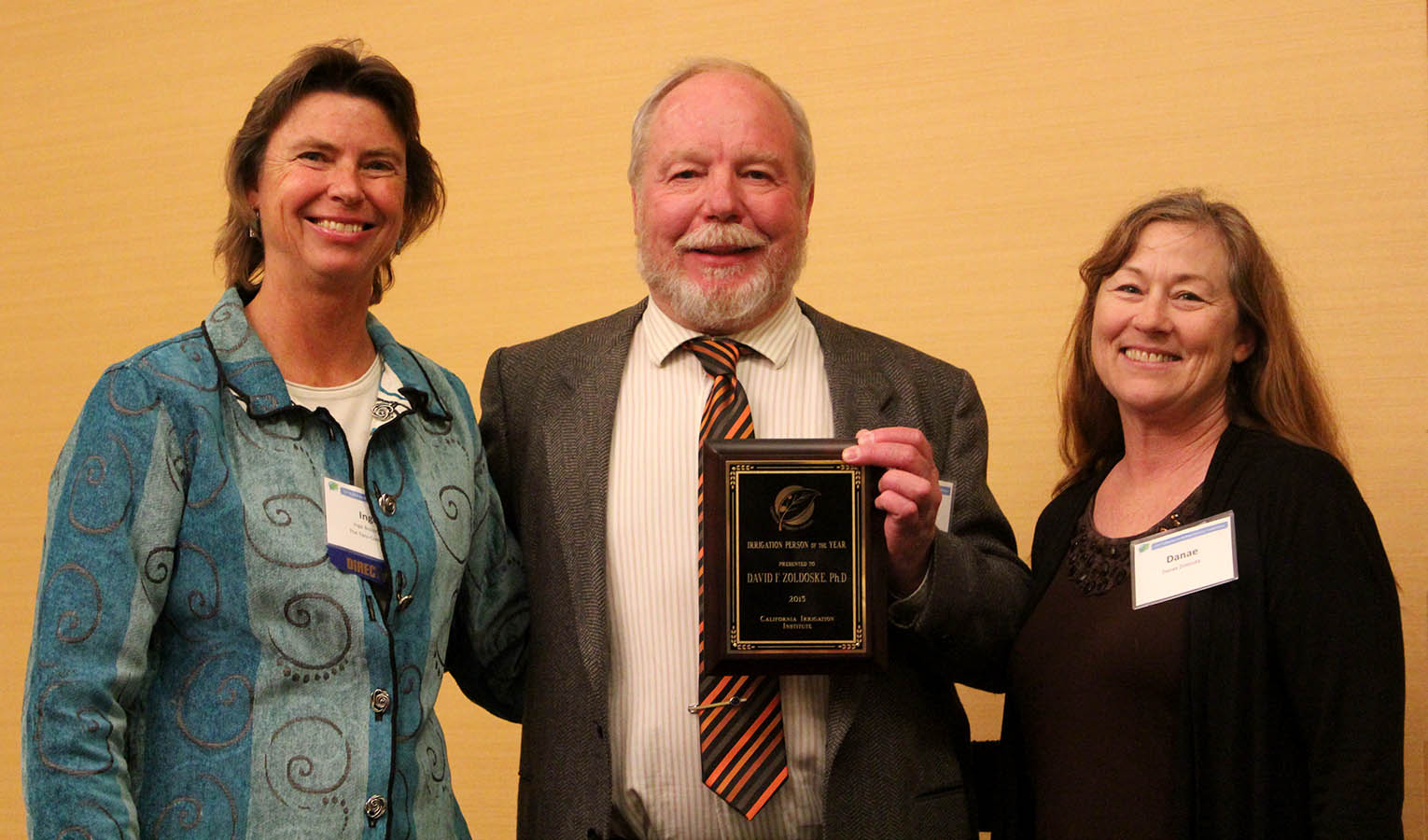Officials Angered Over Temperance Flat Lack of Funding
The Will of The People Was Ignored
By Patrick Cavanaugh, Editor
Agricultural leaders from cities, along with state and federal officials representing the Central San Joaquin Valley, are reeling with anger and disappointment with the California Water Commission’s failure to fund the Temperance Flat Dam storage project.

California Water Commission members facing the room, with staff at table in front of them. The staff made all decisions based on NRDC and CA Fish and Wildlife recommendations, killing Temperance Flat funding.
“The California Water Commission have ignored the facts and their own guidelines and have ignored the will of the people,” said Lee Brand, mayor of Fresno. “We believe the voters, especially those in the Central Valley, overwhelmingly passed Proposition 1 where there was an expectation that their hard-earned money would be spent to help build water storage.”
“We desperately needed the Temperance Flat project. It will help us secure our water supplies against the droughts we know surely come,” Brand said.
The push to get funding for Temperance Flat dam was truly a valley-wide effort, with supervisors from Fresno, Kings, Madera and Merced counties, along with many cities and water agencies.
“Voters not just in the Valley but across the entire state should be upset over this decision. It is unthinkable that the Water Commission did not understand the benefits of the temperance flat project,” Brand said.
“Clearly all of us … are disappointed and clearly many of the voters in this valley are angered because we have been overlooked in terms of the water needs that are so essential for our valley,” said Jim Costa, D-CA 16th District, which includes Fresno.
“The Valley needs a reliable supply of water, and we supported this initiative on the basis that we would gain a more reliable supply of water. And clearly the recommendations of the Water Commission who took their staff’s lead was a very, very big disappointment for me. And I think all of us,” Costa continued.
“We’re not given up. That’s the bottom line. We’re not giving up,” he said.























